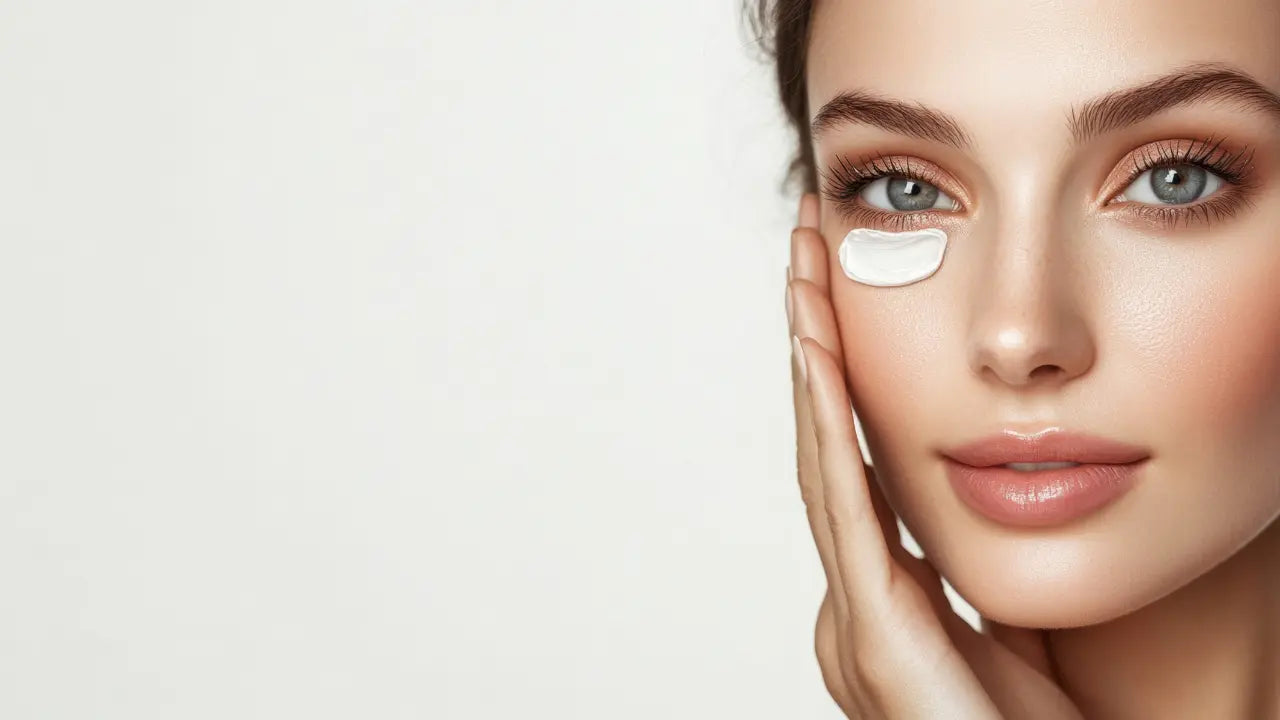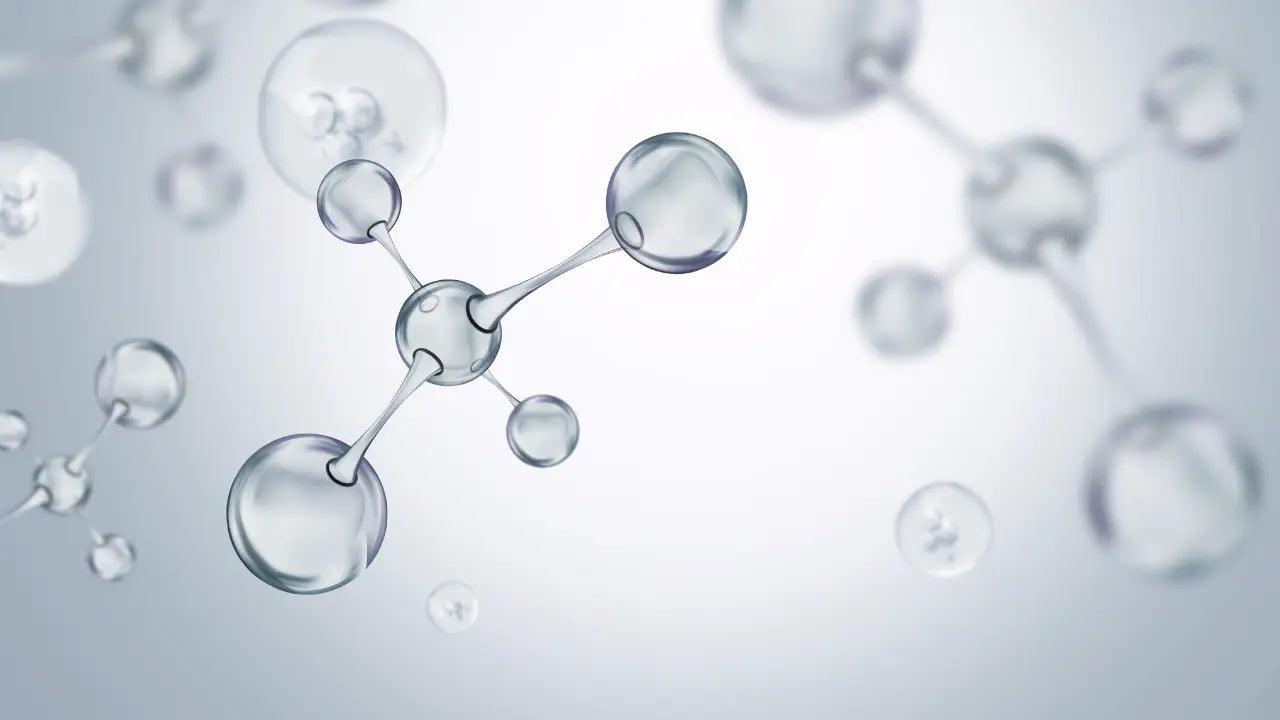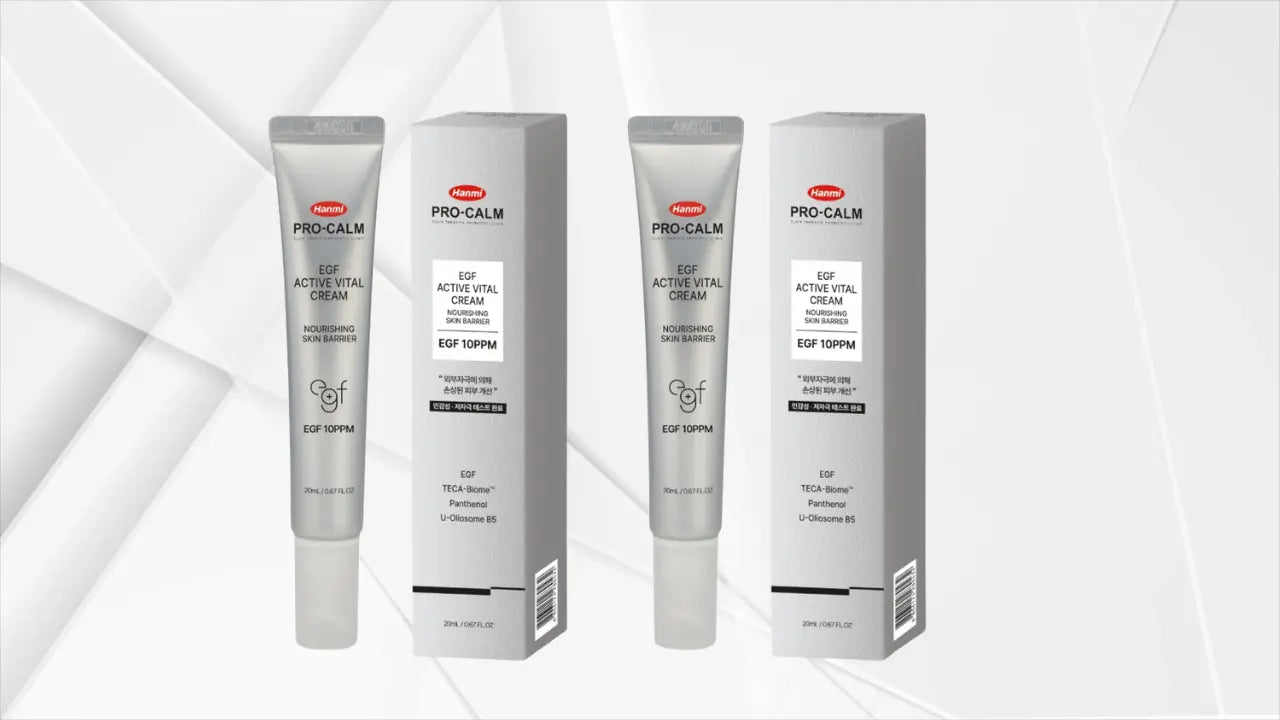Neutrogena Rapid Tone Repair is the brand’s tone-focused line, and this guide pulls together what’s in the formulas, which products are current, and how to fit them into a routine that respects your skin’s limits. I’ll translate the ingredient talk into plain language, share what tends to work in real life, and show how to pair vitamin C and retinol with sunscreen so progress sticks.
What Neutrogena Rapid Tone Repair Is and How It Targets Tone
Rapid Tone Repair sits alongside the brand’s wrinkle-focused line and centers on visibly evening tone and softening the look of dark spots. The range today revolves around two workhorses: a retinol + vitamin C Correcting Cream and a targeted Retinol + Vitamin C Dark Spot Corrector. Some past items you may remember, like the 20% Vitamin C capsules and the dedicated night moisturizer, have been discontinued; if you see them in search results, it’s usually older listings or remaining retailer stock rather than ongoing production. I reference this because it explains why shoppers see mixed product names, and it helps set expectations for what’s actually available now. neutrogena.com+2neutrogena.com+2
The positioning is familiar but useful: stabilized retinol meets antioxidant vitamin C in textures that are meant to be comfortable enough for steady use. That mix is intentionally practical. Most of us give up on brightening routines because of irritation or because the rest of the routine—sunscreen and recovery days—doesn’t support the active nights. Rapid Tone Repair tries to bundle power and comfort so you can keep going long enough to see a change.
Key Ingredients & How They Work
Vitamin C and retinol are the headliners here, supported by hydrators like hyaluronic acid. There’s a reason you see this trio everywhere. Vitamin C, in its active forms, is an antioxidant that can help defend against environmental stress and, importantly for dark spots, can reduce the look of discoloration by interfering with steps in pigment production. The Harvard Health review notes this brightening mechanism and reports that many people in clinical settings saw improvement with minimal irritation, though it calls for more research—an honest assessment I appreciate when setting expectations. Harvard Health
Retinol works differently. Your skin gradually converts retinol into retinoic acid, which binds to receptors and signals changes that can smooth texture and support a more even appearance over time. In this line, retinol is paired with hydrators and, in Neutrogena’s language elsewhere, their stabilized system; the goal is to make the formula easier to live with so you actually use it. My take is simple: the more comfortable your skin feels, the more likely you are to keep a rhythm that yields results. When that rhythm slips, progress does too.
Vitamin C and why it’s used for dark spots
Vitamin C shines in the morning for most routines. Several clinical and expert sources advise applying vitamin C ahead of sunscreen during the day and shifting retinoids to nighttime to sidestep potential irritation and take advantage of how each works best. I follow the same pattern in practice because it helps my combination skin stay calm, and it simplifies choices when I’m traveling or tired. A family-physician review summarizes the approach succinctly and adds that 5–20% strengths are commonly used, with classic pairings that include vitamin E and ferulic acid in some formulas. The point isn’t to chase numbers; it’s to use a stable formula you like, then protect it with diligent sunscreen. ACOFP ORG
Retinol and supporting hydrators
Retinol is still a nighttime player for me. I treat it as the steady background worker that complements daytime vitamin C. Whether you pick the Correcting Cream or the targeted serum, building tolerance with sensible frequency matters more than squeezing out one extra drop. Hyaluronic acid and emollients in these bases often soften the ride; I notice less tightness around my mouth when I buffer with a simple cream afterward, especially in dry apartments or winter air. None of this replaces sun behavior. Your results depend as much on what you do at 8 a.m. as at 8 p.m., and sunscreen is the quiet hero in every brightening routine. The American Academy of Dermatology emphasizes SPF 30 or higher with broad-spectrum coverage, and for dark spots specifically it recommends a tinted sunscreen with iron oxide to help protect against visible light, which can worsen pigmentation—useful nuance when you’re serious about tone. aad.org+1
The Line-Up & How to Choose
Choosing between Rapid Tone Repair options is mostly about format and focus. I reach for the Correcting Cream when I want a one-and-done night layer with a cushioned feel, and I use the Dark Spot Corrector when I’m zoning in on specific marks from past breakouts or sun exposure. If you still see mentions of a night moisturizer or capsules, consider them archival; the current path runs through the cream and the spot serum.
Correcting Cream. The Correcting Cream combines retinol, vitamin C, and hyaluronic acid in a plush moisturizer texture. The brand pitches a brighter look in about a week, which lines up with the “quick glow” many people report when hydration and antioxidants meet retinol, though deeper discoloration typically needs more time. On my skin, this feels like a classic night cream that doesn’t smother, and it layers cleanly over cleansed, still-damp skin without pilling. If you prefer to avoid scent around actives, check retailer descriptions to confirm the version you’re buying, but otherwise treat it like your evening anchor on nights you’re not juggling other strong actives. neutrogena.com+1
Dark Spot Corrector. The Dark Spot Corrector is a targeted serum you dot onto areas of uneven tone. It also pairs retinol with vitamin C and touts noticeably more even skin with continued use. I think of it as a precision tool when my cheeks hold on to post-blemish marks longer than the rest of my face. It sinks in quickly, and I follow with a light moisturizer to reduce the urge to overapply. If you’re sensitive around the corners of the nose and mouth, keep a tiny buffer of moisturizer there and stay a step away from delicate eye skin. neutrogena.com
A quick note on discontinued favorites. The 20% Vitamin C capsules earned fans for freshness and portability, but Neutrogena lists them as discontinued on its site. Similarly, the Rapid Tone Repair night moisturizer is shown as discontinued and redirected toward current offerings. If you liked those formats, pick a stable vitamin C for morning and the Correcting Cream or Dark Spot Corrector for night; the routine logic still holds. neutrogena.com+1
Who It’s For (and When to Go Slow or Skip)
Rapid Tone Repair suits people who want drugstore-accessible brightening that blends vitamin C’s daytime benefits with nighttime retinol. If your main goals are a more even look and softening scattered spots, the Correcting Cream is a simple starting point. If you’re chasing specific marks from past breakouts or sun, the spot serum lets you localize strength without coating the entire face. My combination skin tolerates both best when the air is humid or when I’m careful with moisturizer; in heated indoor air, I move slower and add more cushion.
If you lean sensitive, “go slow” is the rule. Start with alternate nights, keep the rest of the routine bland, and respect early signals like stinging or tightness. I’ve also had good luck taking one night off whenever I’ve spent a day in intense sun or wind; irritation plus actives is a poor pairing. For melasma or stubborn patches that don’t budge, a dermatologist can tailor stronger options and ensure you’re addressing the right diagnosis—melasma behaves differently than post-inflammatory marks, and the plan changes with it. aad.org
Active pairings beyond this line can help. Tranexamic acid has entered a lot of dark-spot routines because it’s generally well tolerated and easy to place in morning or evening, making it a friendly companion to vitamin C and retinol. If your barrier feels frayed, ceramide-rich moisturizers and hyaluronic acid gels are the unsung heroes that keep you consistent through dry spells. I build those supports in from day one so I’m not scrambling later.
On nights when my skin is touchy, I simplify to a cleanser, a calming layer, and a dependable moisturizer. A calming Centella ampoule on off nights, such as the SKIN1004 Madagascar Centella Ampoule, has been a reliable reset after travel or heaters. When I restart actives, I watch the corners of my mouth and nose, as those are usually the first to protest.
How to Use & Routine Pairings (AM vs PM, climates, seasons)
The routine that’s worked best for me reads like a short script rather than a complicated ritual. In the evening I remove sunscreen and makeup with a gentle cleansing oil before night treatments, like Anua Heartleaf Pore Control Cleansing Oil, then cleanse and pat dry. If I’m using the Correcting Cream, I smooth a fingertip’s worth over face and neck and leave it to settle before bed. When I’m targeting certain spots, I apply the Dark Spot Corrector only where I need it and follow with a ceramide-rich moisturizer to buffer actives, such as AESTURA ATOBARRIER365 Cream, to keep edges calm.
Mornings are about protection and light brightening. I like a vitamin C step in the AM and keep it simple with a vitamin C day serum alternative, for example the COSRX Pure Vitamin C 23% Serum, applied to dry skin before sunscreen. For stubborn marks, I fold in tranexamic acid support for stubborn spots, such as Anua TXA Niacin serum, on mornings when my skin feels settled. Dermatology guidance supports the vitamin C-by-day, retinol-by-night rhythm and underscores that both work better when sunscreen is consistent. I’ve found that repeating the same simple steps most days matters more than chasing elaborate layering rules. ACOFP ORG
Hydration keeps the peace. After actives, a lightweight hyaluronic acid cream like Torriden DIVE IN Hyaluronic Acid Soothing Cream seals things in without a heavy film, especially in humid climates. In dry, heating-season air, I prefer a slightly richer layer and give it a few minutes before heading outside. Regardless of climate, I finish with broad-spectrum SPF 30 or higher, and for pigmentation concerns I reach for a tinted option with iron oxide because the AAD highlights its benefit for protecting against visible light’s role in dark spots. If I’m outdoors for long stretches, I reapply generously and add a hat; those low-key habits have made the biggest difference in whether brightening efforts actually last. aad.org+1
Comparisons & Narrative FAQs
How is Rapid Tone Repair different from Neutrogena’s wrinkle-focused line? Rapid Tone Repair aims at tone and dark spots with a vitamin C + retinol pairing in user-friendly textures, while the wrinkle-focused range leans harder into retinol for smoothing. If your top concern is scattered discoloration, Rapid Tone Repair fits; if texture and lines dominate, the other line may feel more direct. The overlap is real, though, and many people toggle between families depending on season and tolerance.
Do I really need both vitamin C and retinol? You don’t have to, but the duo addresses different sides of the equation. A clinician-oriented review summarizes the common approach: vitamin C before sunscreen in the morning for antioxidant support and brightness, retinol in the evening for gradual resurfacing. I do this because it spreads the workload across the day and reduces the chance of irritation from stacking. If your skin is very sensitive, start with one and add the other only when things feel calm. ACOFP ORG
Can I use them together in one routine? Yes, with a caveat. Dermatologists commonly suggest separating vitamin C for morning and retinol for night to minimize irritation, especially at first. If you insist on the same routine, keep an eye on how your skin behaves and buffer with moisturizer. Your tolerance, climate, and application amount matter as much as the ingredient list.
What about sunscreen—any special rules? With dark-spot goals, sunscreen goes from afterthought to centerpiece. The AAD advises SPF 30 or higher, broad-spectrum, and water-resistant when appropriate. For hyperpigmentation, its public guidance also calls out tinted sunscreens with iron oxide to cover that slice of visible light that can worsen dark spots. I notice fewer setbacks when I treat SPF as the non-negotiable step rather than the optional one. aad.org+1
Are before-and-after photos a good gauge? They’re a starting point, not a promise. Lighting, camera settings, and time frames vary wildly. Brand pages often cite “one week” for a fresher look, which matches the quick brightening I see from hydration and antioxidants, but deeper unevenness usually needs weeks to months and steady protection. I document my own progress monthly in the same light so I’m comparing apples to apples. neutrogena.com
I used the Vitamin C capsules—where did they go? Neutrogena lists the 20% Vitamin C capsules as discontinued, and the night moisturizer is also shown as discontinued. If you liked that routine, swap in a stable morning vitamin C you enjoy and use Rapid Tone Repair’s Correcting Cream or the Dark Spot Corrector at night. The ingredients and timing logic are the same; only the packaging has changed. neutrogena.com+1
Final thought. Tone repair is a slow, steady practice. If you pick a format you like, apply it comfortably, and guard daytime skin with diligent sunscreen, the quiet work adds up. In my experience, the combination of a realistic pace, a supportive moisturizer, and a forgiving morning routine has kept me consistent long enough to see the evenness I was hoping for—and that, more than any single jar, is what makes the difference.




